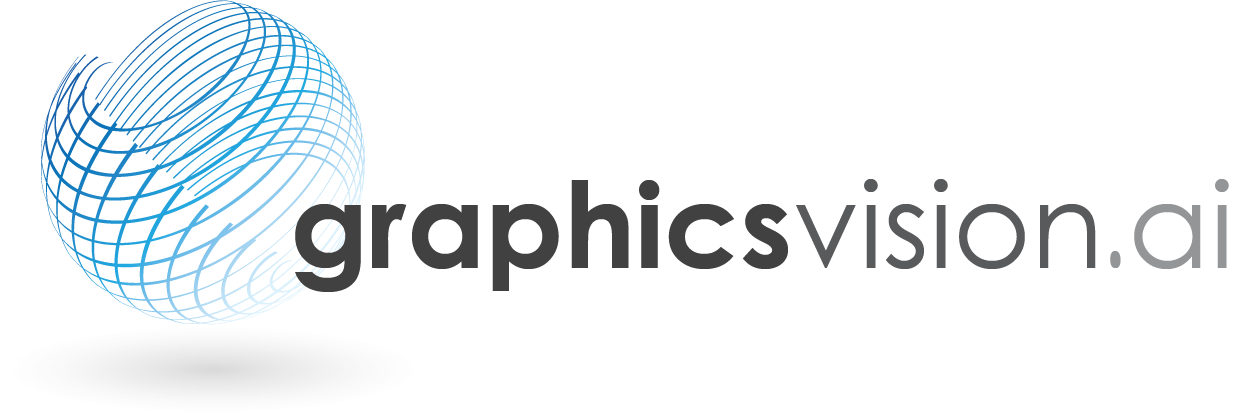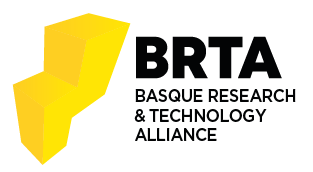AI model generation methodology and software architecture for CPS 2.0 Manufacturing systems
Autores: Juan Luis Ferrando Chacón
Fecha: 01.01.2024
Abstract
First-generation cyber-physical systems (CPSs) focused on digital representations of industrial assets, based on low-frequency (LF) data. Improvement of computation capabilities, machine learning (ML), and big data led to CPS 2.0 systems, performing high-frequency (HF) data analysis in near real time. Furthermore, CPS 2.0 requires knowledge of operation technologies (OT), information technologies (IT), and AI domains, which is a complex task. However, both the integration of HF data into AI models and the OT, IT, and AI integration into software architectures are a challenge. This chapter focuses on these two key technologies for CPSs 2.0: (1) industrial artificial intelligence (AI) model generation for HF data and (2) software architectures for the integration of OT, IT, and AI. This chapter tackles these challenges by providing (1) a methodology to generate industrial AI models from HF data and (2) a reference CPS 2.0 software architecture to highly ease the integration of OT, IT, and AI technologies. Finally, the methodology and the architecture have been applied to two relevant industrial use cases: predictive maintenance based on HF data of a cutting machine, and real-time AI monitoring of a vacuum generation manufacturing process.
BIB_text
title = {AI model generation methodology and software architecture for CPS 2.0 Manufacturing systems},
pages = {174-196},
abstract = {
First-generation cyber-physical systems (CPSs) focused on digital representations of industrial assets, based on low-frequency (LF) data. Improvement of computation capabilities, machine learning (ML), and big data led to CPS 2.0 systems, performing high-frequency (HF) data analysis in near real time. Furthermore, CPS 2.0 requires knowledge of operation technologies (OT), information technologies (IT), and AI domains, which is a complex task. However, both the integration of HF data into AI models and the OT, IT, and AI integration into software architectures are a challenge. This chapter focuses on these two key technologies for CPSs 2.0: (1) industrial artificial intelligence (AI) model generation for HF data and (2) software architectures for the integration of OT, IT, and AI. This chapter tackles these challenges by providing (1) a methodology to generate industrial AI models from HF data and (2) a reference CPS 2.0 software architecture to highly ease the integration of OT, IT, and AI technologies. Finally, the methodology and the architecture have been applied to two relevant industrial use cases: predictive maintenance based on HF data of a cutting machine, and real-time AI monitoring of a vacuum generation manufacturing process.
}
isbn = {978-104025220-8, 978-103261463-2},
doi = {10.1201/9781003559993-8},
date = {2024-01-01},
}







